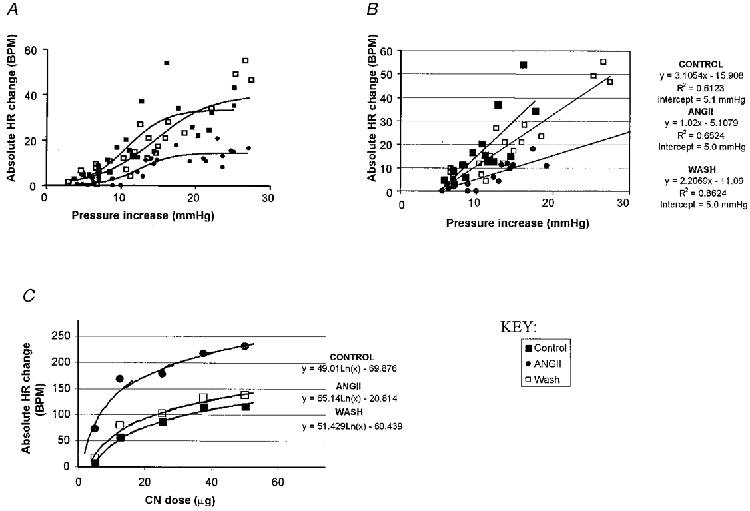Figure 4. Effect of ANGII on input-output functions of the baroreceptor and chemoreceptor reflexes.

In a separate group of four WHBP a series of pressure ramps of different amplitude but constant dP/dt was performed before and after bilateral NTS microinjection of 500 fmol ANGII. The effect of this dose persisted for 15 min or more which allowed several tests to be performed. In the same experiments several doses of NaCN were used to activate chemoreceptors in control and after an ANGII microinjection. A, baroreceptor reflex input-output curves: changes in heart rate (BPM, beats min−1) evoked by pressure ramps are plotted against the stimulus amplitude and fitted with a sigmoid line (see text for details). Note that ANGII reversibly decreased the peak response. B, data points from the linear part of the input-output curves (A) fitted with linear regression (equations on the right). Note that the slope (the first parameter) was reversibly decreased by ANGII while the intercept (used as an index of the threshold of response) remained unchanged. C, chemoreflex input-output curves: changes in heart rate were plotted against the NaCN dose and fitted with a logarithmic function (equations on the right). Note that ANGII reversibly increased the maximal response (also reflected by the last parameter in the equations). The dose of 25 μg NaCN used throughout the study was therefore submaximal and coincides with the middle part of the stimulus-response relationship.
